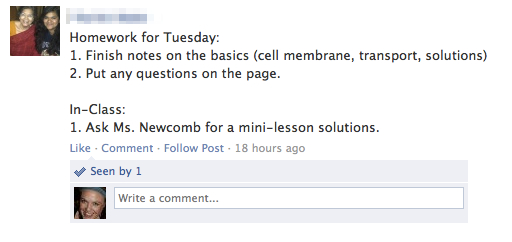Pop Culture Science: Creating a Game of Thrones Food Web
Taken in Kenya at the Masai Mara reserve 12/12
We started our Ecology unit in IB Biology today. Every year I struggle with teaching this as the benchmarks tend to sacrifice critical thinking and other higher order thinking skills for the rote memorization of specific definitions and classification terms that my kids will most likely never use again. That is unless they become an obnoxious biology teacher who tends to identify all organisms encountered by their phylum and trophic level while snorkeling, hiking, or doing community service projects with students. I am embarrassed to admit that I once quizzed a biology student on all of the organisms we discovered while clearing brush in a cemetery...for hours. She ended up scoring a 7, but she will forever break out in hives upon hearing the words bryophyta, mollusca or filicinophyta, and the sight of a spore will forever cause her adrenaline to surge. I just hope she always chooses flight over fight.
So last night, I started brainstorming ideas that would teach these concepts, while at the same time engage the students AND for them to use some of those 21st century skills that we value so much. At around 10:00 pm, it came to me. Game of Thrones.
I started researching things about this show as I know that several of my students have either seen the show or are reading the books. Then I came across two links that helped me to put the pieces together.
The first is a fictional food hit list, containing 75 names of dishes consumed in the series.
With a little imagination, students will be able to identify organisms from the delectable dishes that exist in the Game of Thrones ecosystem. Add a little research to the equation, and students could easily identify a sufficient number of organisms for their food web. For example:
- Flea Bottom Bowl of Brown (fleas)
- Venison stew with barley, onion, and carrot with bread (deer, barley, onions, carrots, wheat)
- Fruits and sweetgrass stews (lots of sweetgrass recipes....hmmmm a primary producer maybe?)
- Meat skewers with onions, fire peppers, and mushrooms with trenchers and beer (Finally a decomposer... and how pray tell is beer made?)
- Dothraki blood pies (now things are getting interesting and complicated)
You get the idea. But what about the top predators? Should we include the hierarchy of human groups in our food web? One students posted this comment on our class Facebook group when I posed the idea to them:
Producers: Starks
Primary Consumers: Lannisters
With a little more digging, I came across this site. A compilation of the strange animals that can be found in Game of Thrones. Enter dragons, direwolves, manticores, and shadow cats. Where do the white walkers fit in?
So you see, constructing this ecosystem will require a sizable helping of critical thinking, problem solving, creativity and research skills. Sadly, by the time I fleshed this idea out (that was for you Carsten), I had run out of time to troubleshoot and create a food web of my own, so had to find something quick for class the next morning. Luckily I came upon a similar ready-made food web activity using imaginary animals created by Michael Rockow. With a little tweaking, it was ready to go. I will share my IB adaptation of this activity on the Biology Lessons page. However, next year, it is game on for Game of Thrones!
For those of you interested in pursuing this on your own, there were also lists on this site for Hunger Games. I wonder what tracker jackers and jabberjays feast on when they aren't busy torturing and spying on contestants? Next year I plan to offer several options, so students that are not so keen on Game of Thrones will be able to find their learning niche. There is even potential for gamifying this project. Hmmmm... more on that later!



























